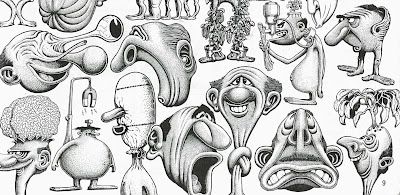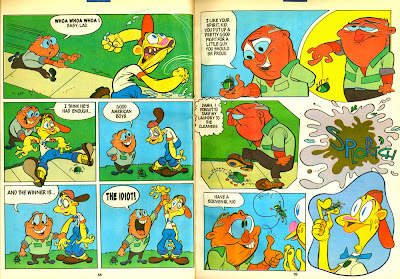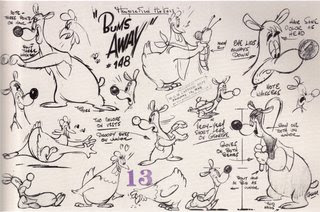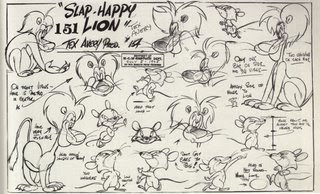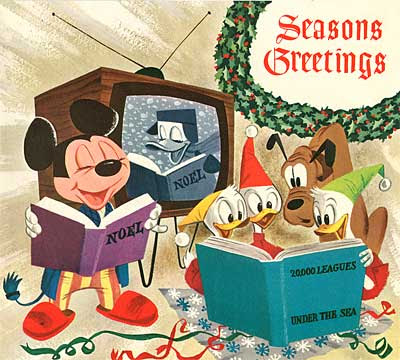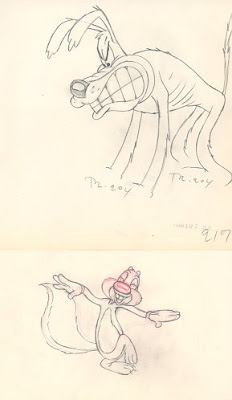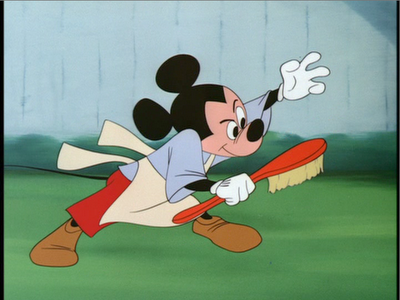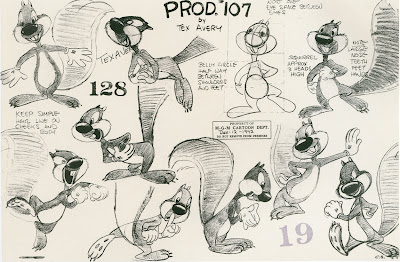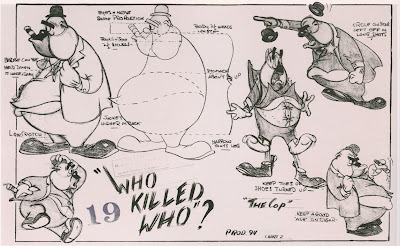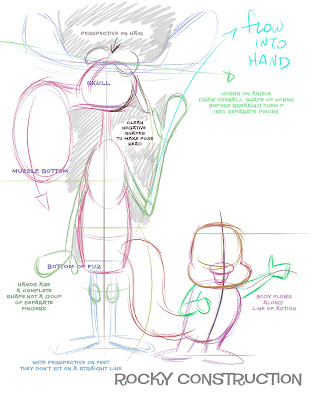
I have been following a few of you folks who have been doing my lessons. The ones that do the most of them are definitely progressing fast.
I am quite impressed with Mitch, who seems to be taking very logical and practical steps towards learning all the basic tools of our trade.
http://mitchoo.blogspot.com/
1 Preston Blair
He started by drawing from the Preston Blair construction lessons. This teaches the logic (the brainy part) of drawing 3 dimensionally.

2 Copy Classic Model Sheets

3 Copy Classic Cartoons (Using knowledge from lessons)
Then he moved to draw poses from classic cartoons while trying to APPLY the construction lessons to the poses. Copying classic cartoons teaches you a lot about posing, acting, angles and more. But do it after you start to understand construction.

You can see his first sketches (Chicken Hawk) are a bit hesitant or shaky, but then later he gets more confident (Porky Pig).
 That means it's starting to sink in. Practice makes the concepts from the lessons sink in! It's not enough to understand a theory. You have to apply it over and over again, until you understand it instinctively!
That means it's starting to sink in. Practice makes the concepts from the lessons sink in! It's not enough to understand a theory. You have to apply it over and over again, until you understand it instinctively!4 Draw lots and lots of studies-not just one time
He drew lots and lots of studies from the cartoons. the more he does, the more it all sinks in and the better he gets.


5 Draw Toys to Learn Even More about Construction

6 Draw the Same Drawings Again to try to fix Problems
This is a very important and useful step.
 Be your own critic. Analyze your studies. Write down what you think is wrong, THEN DRAW IT AGAIN AND TRY TO FIX THE MISTAKES!
Be your own critic. Analyze your studies. Write down what you think is wrong, THEN DRAW IT AGAIN AND TRY TO FIX THE MISTAKES!You will improve very fast this way.
8 Do Cleanups Of Good Cartoon Drawings

Doing tight cleanups of good drawings also helps all the concepts sink in. I wouldn't make this step 1, though. It's not enough just to have a crisp clean line. You need to know where to put the lines so that the lines make the shapes look solid and convincing. That's where learning construction comes in. Doing all these lessons together makes everything make more sense and makes your drawings get better and more convincing.
7 Get A Job Cleaning Up Someone With Experience
If Mitch keeps going this way, I'll send him some cleanup or inking work and he will learn even more, but he is taking all the smart steps towards getting skills and knowledge of functional cartooning.
Hey Mitch, I have a couple suggestions or critiques for you. If you are man enough to have me do it in a post, let me know.
And thanks for the donation!









